- Drake Landing in Okotoks, Alberta, is grappling with the potential decommissioning of its pioneering solar heating system due to aging infrastructure.
- Homeowners are in limbo, hoping for renewable energy solutions while facing the possibility of switching to fossil fuels.
- The community's story highlights the challenges and opportunities in the global transition towards sustainable living.
Once hailed as a groundbreaking achievement, the solar heating community near Calgary, known as Drake Landing, now faces critical decisions about its future.
Located in Okotoks, Alberta, Drake Landing may soon need to rely on fossil fuels as its innovative solar system shows signs of aging and potential failure. Established in 2006, Drake Landing was once North America’s leading solar heating community. With financial backing from provincial and federal governments, the 52-home neighborhood was designed to harness solar energy during the summer, store it, and then use it to heat homes during the harsh Canadian winters.
This revolutionary approach met and exceeded its goals: supplying over 90% of the space heating needs, significantly reducing greenhouse gas emissions, and serving as a model for sustainable residential heating systems.
Decommissioning on the horizon?
Today, the once-celebrated system is faltering. The community is grappling with the possibility of decommissioning the solar heating system entirely. Tim Corboy, spokesperson for the Drake Landing Company—a partnership of ATCO, the Town of Okotoks, Sterling Homes, and Anthem United—acknowledged the challenges.
Over the past year and a half, the company has struggled to find affordable and reliable solutions to the system’s growing performance issues, with key components like the air handler unit, solar collectors, and custom-made fittings reaching the end of their lifespans.
“We do not see this project as a failure at all,” Corboy stated. “At the time, this system was revolutionary and caught attention from around the world. Much has been learned because of this community.”
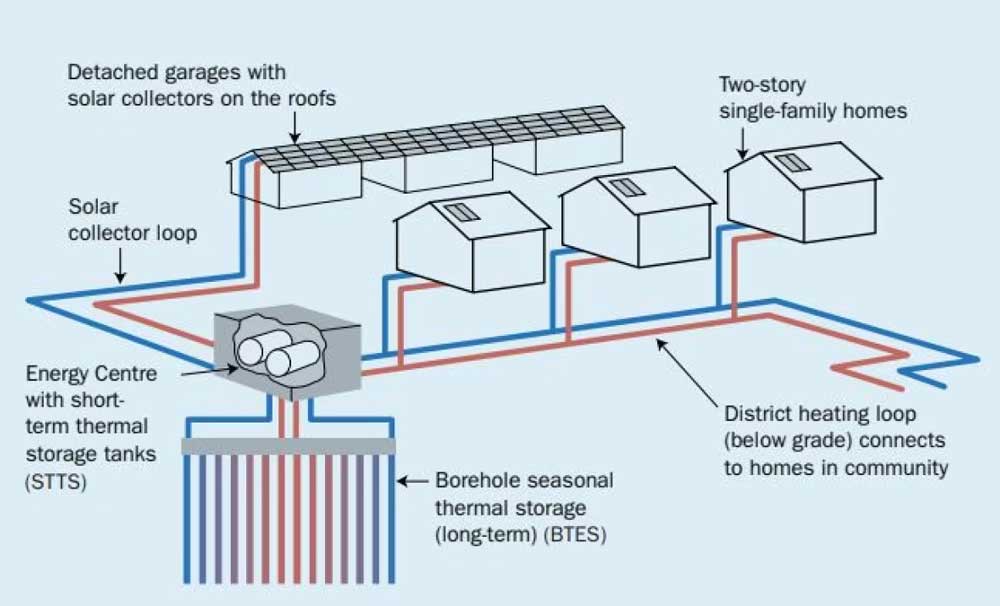
This illustration, courtesy of High Performance Buildings, shows how the district heating system captures solar energy during the summer and stores it for use in the winter. (High Performing Buildings via CBC News)
Homeowners caught in the middle
Homeowners, some of whom have already switched to natural gas furnaces, have been left in limbo. Wayne Bonnar, who bought his home in 2017, expressed disappointment: “I just thought it was a really good plan, something that I thought would be long-lasting.”
Jeff Ivan, an original owner and community social media page manager, echoed these sentiments. Ivan explained that the unique components of the system, specifically designed for Drake Landing, make finding replacements difficult – if not impossible.
The situation homeowners in Drake Landing now face points to the need for large-scale solar systems to have a contingency plan in place. Although solar panels boast a long lifespan, the technology does not last forever, so regular maintenance and an end-of-life plan for the panels should be determined.
Contingencies must also be in place to successfully prepare communities for the repercussions during temporary maintenance shutdowns or during times of transition like Drake Landing is currently experiencing.
Looking for solutions
The community is considering several options, including new communal energy systems, individual systems, updated solar technology, heat exchangers, or the installation of forced air natural gas furnaces. However, many residents, like Bonnar and Ivan, hope for a solution that continues to prioritize renewable energy.
“It would be nice if they could do something more in line with non-fossil fuels, another solar system to replace it,” Bonnar said. Ivan suggested exploring green energy alternatives such as heat pumps with natural gas backups.
The future of Drake Landing
As residents await a final decision, the legacy of Drake Landing remains a testament to innovative sustainable energy solutions.
The project’s success, marked by numerous national and international awards, has paved the way for future advancements in renewable energy. Corboy assured that any decision will be communicated to residents before next winter, highlighting that the health, safety, and comfort of the community remain the primary concerns.
What does it mean for the industry as a whole?
Drake Landing’s story is not just about a single community’s shift from solar to natural gas. It’s a reflection of the broader challenges and opportunities in the global transition towards more sustainable living.
The community’s experience highlights the importance of having robust contingency plans for large-scale renewable energy projects. It also underscores the need for ongoing support, maintenance, and innovation to ensure the longevity and reliability of such systems.
This case serves as a cautionary tale for future renewable energy projects. While groundbreaking technologies can lead to significant advancements, they also require thorough planning and sustainable long-term strategies to maintain their viability and success.




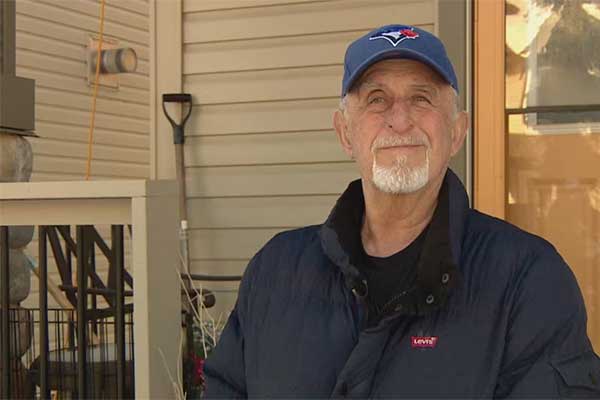

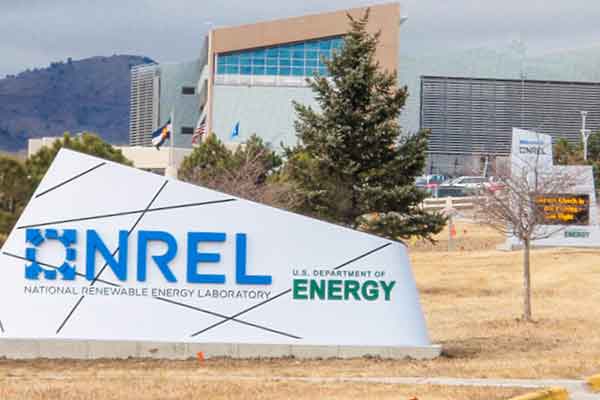
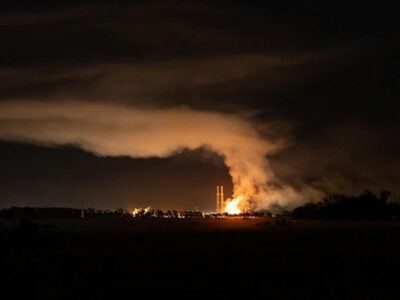
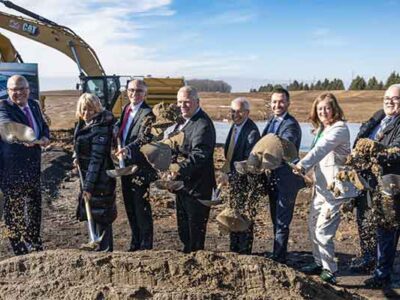
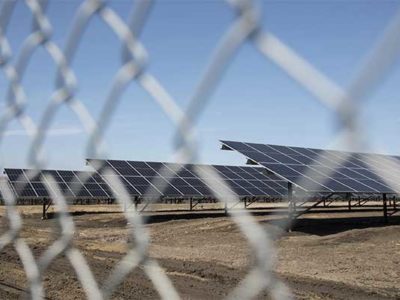
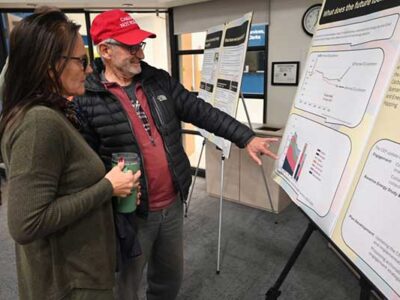




Comments